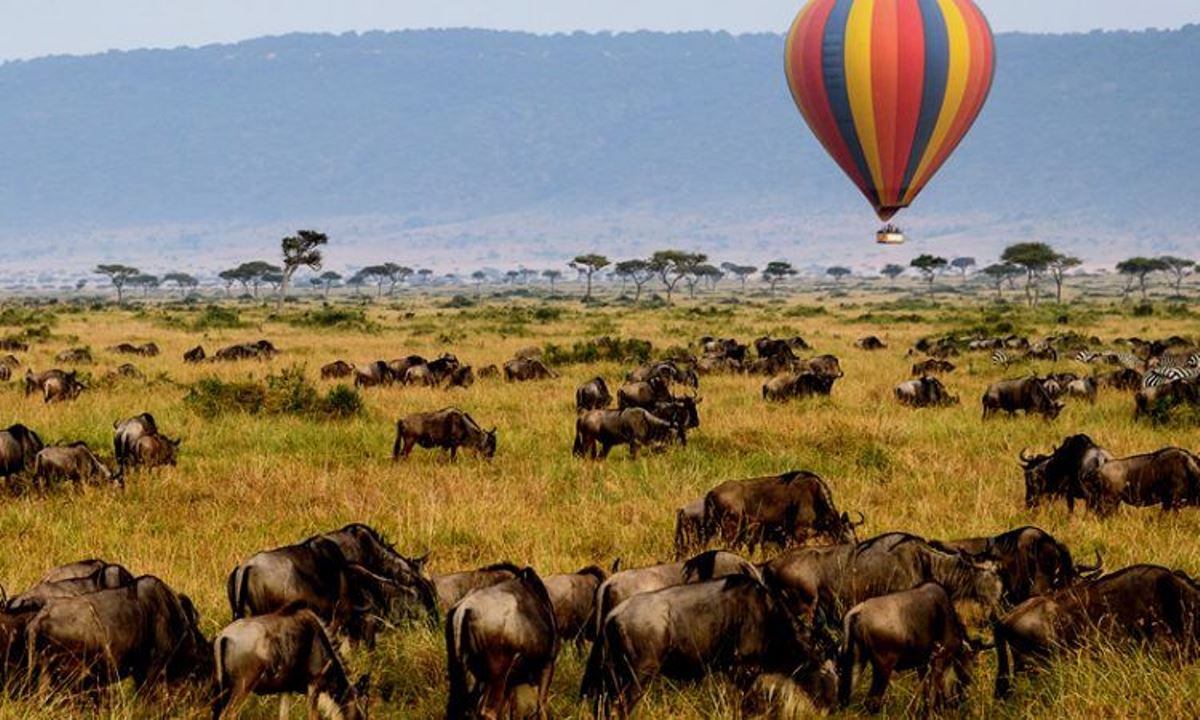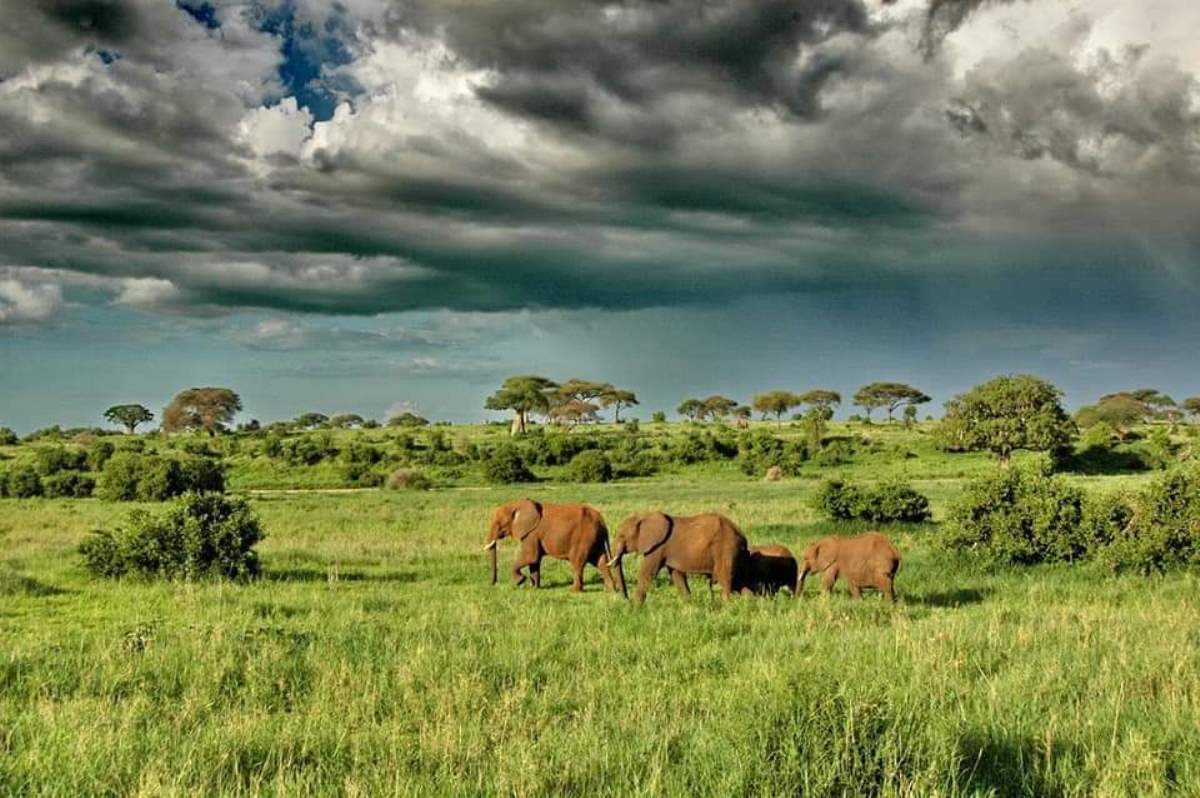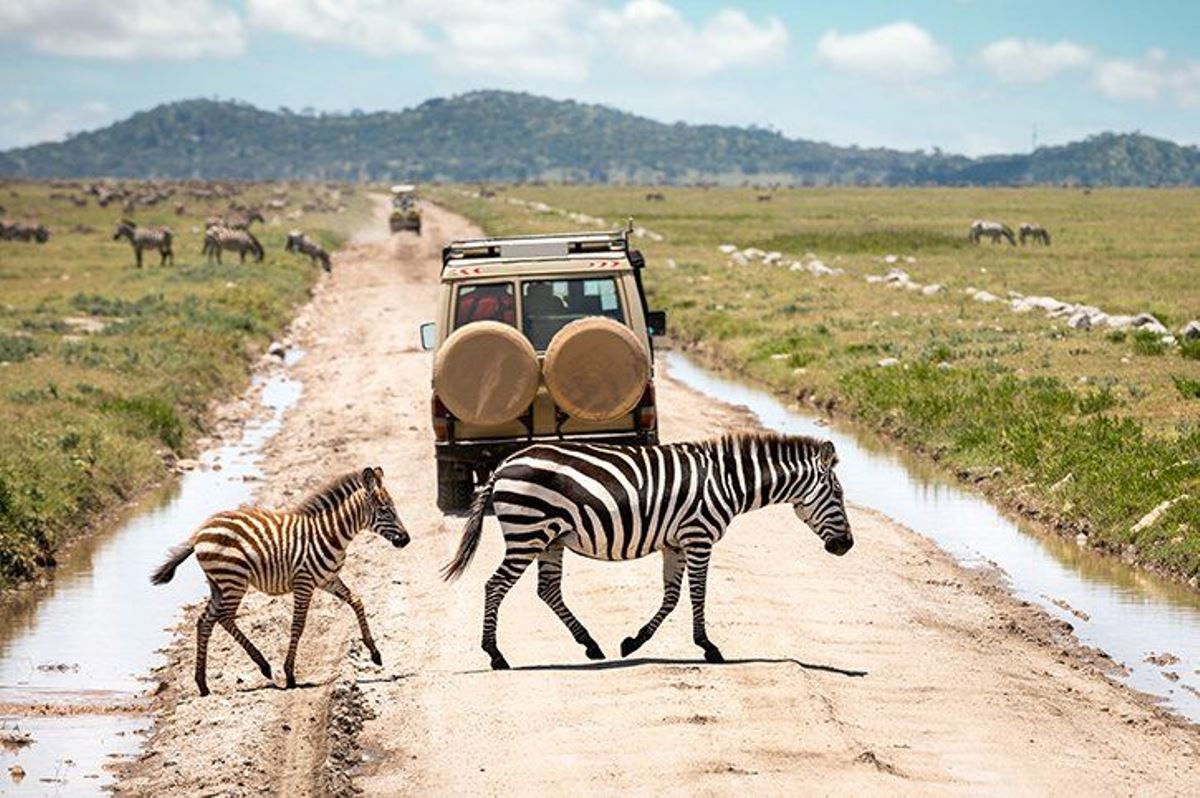Tanzania
Tanzania, officially the United Republic of Tanzania, is a country in East Africa within the African Great Lakes region. This East African country is bordered by Uganda to the northwest, Kenya to the northeast, the Indian Ocean to the east, Mozambique and Malawi to the south, Zambia to the southwest, and Rwanda, Burundi, and the Democratic Republic of the Congo to the west.
Tanzania has a population of around 62 million, making it the most populous country located entirely south of the equator.
LOCATION OF TANZANIA – COUNTRY IN EAST AFRICA
Tanzania is a country located in East Africa, known for its diverse landscapes, rich wildlife, and vibrant culture.
Tanzania lies just south of the equator, giving it a tropical climate with variations due to its diverse topography. This East African country is bordered by eight countries namely:
North: Kenya and Uganda
West: Rwanda, Burundi, and the Democratic Republic of the Congo
South: Zambia, Malawi, and Mozambique
To the East, Tanzania has a coastline along the Indian Ocean, providing beautiful beaches and important port cities like Dar es Salaam.
HISTORY OF TANZANIA - COUNTRY IN EAST AFRICA
Tanzania, located in East Africa, has a rich and diverse history that spans millions of years.
Tanzania during Prehistoric Period
Tanzania is home to some of the oldest hominid settlements unearthed by archaeologists. Prehistoric stone tools and fossils have been found in and around Olduvai Gorge in northern Tanzania, an area often referred to as "The Cradle of Mankind." Notable finds include remains of Australopithecus and Homo habilis, which have provided significant insights into human evolution.
Tanzania Early Inhabitants and Kingdoms in Tanzania
The earliest inhabitants of Tanzania were hunter-gatherer communities. By the first millennium AD, Bantu-speaking peoples had migrated into the region, bringing with them agricultural practices and ironworking technology. The coastal region of Tanzania became part of the Swahili Coast, a network of city-states engaged in trade across the Indian Ocean. Arab, Persian, Indian, and later Portuguese traders established settlements along the coast, leading to a rich cultural and economic exchange.
Tanzania during the Colonial Era
In the late 19th century, European powers began to explore and colonize the interior of Tanzania. The Germans established German East Africa in the 1880s, which included present-day Tanzania. After World War I, the League of Nations mandated Tanganyika to Britain, while Zanzibar remained under British control as a protectorate. The colonial administration introduced cash crop farming, built infrastructure, and imposed new social and economic systems.
Tanzania’s Struggle for Independence
The demand for independence grew in the mid-20th century. Tanganyika gained independence from Britain on December 9, 1961, with Julius Nyerere as its first Prime Minister and later President. Zanzibar gained independence on December 10, 1963, and soon after, a revolution led to the overthrow of the Sultanate. On April 26, 1964, Tanganyika and Zanzibar merged to form the United Republic of Tanzania.
Tanzania during the Post-Independence and Ujamaa
Julius Nyerere, known as the "Father of the Nation," implemented a socialist policy known as Ujamaa, which aimed at promoting self-reliance and collective farming. However, the policy faced challenges, including economic difficulties and resistance from some communities. Nyerere's government focused on nation-building, education, and healthcare, but the economy struggled due to various factors, including the global oil crisis.
Tanzania’s Transition to Multi-Party Democracy
In 1985, Nyerere stepped down, and Ali Hassan Mwinyi became President. Mwinyi's tenure saw the introduction of economic liberalization and political reforms. In 1992, Tanzania transitioned to a multi-party political system. Benjamin Mkapa, elected in 1995, continued economic reforms and efforts to combat corruption.
Tanzania’s Recent History
Jakaya Kikwete, elected in 2005, focused on infrastructure development and poverty reduction. John Magufuli, elected in 2015, was known for his anti-corruption stance and efforts to improve public services. However, his tenure was also marked by concerns over political freedoms and human rights. After Magufuli's sudden death in 2021, Samia Suluhu Hassan became the first female President of Tanzania.
Tanzania's history is a testament to its resilience and ability to overcome adversity. From its ancient human ancestors to its modern nation-state, Tanzania has undergone significant transformations. The country's rich cultural heritage, diverse landscapes, and dynamic political history continue to shape its identity and future.
| Languages spoken | Swahili and English |
|---|---|
| Currency used | Tanzanian Shilling (TZS) |
| Area (km2) | 947,303 square kilometers |
| Country name | United Republic of Tanzania |





